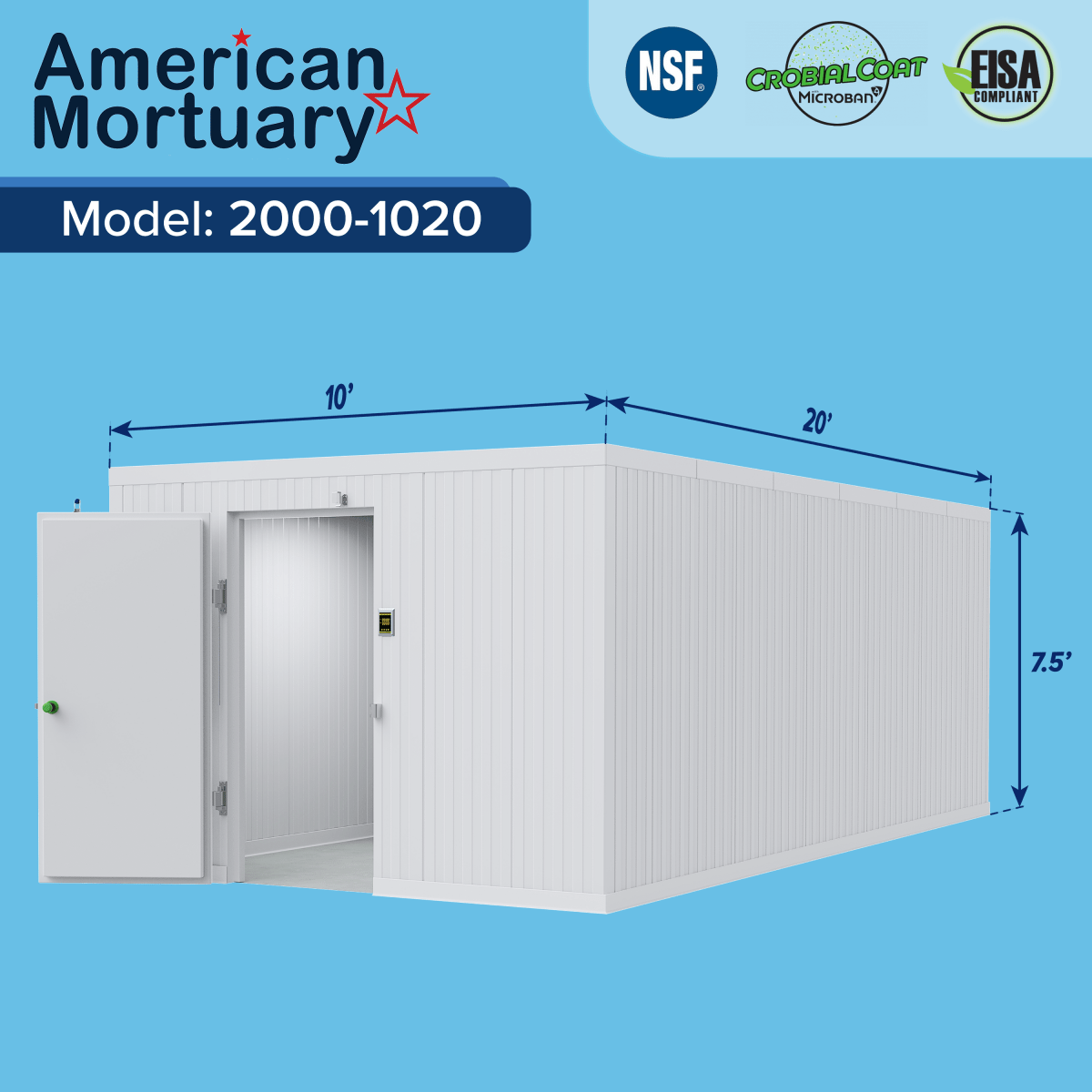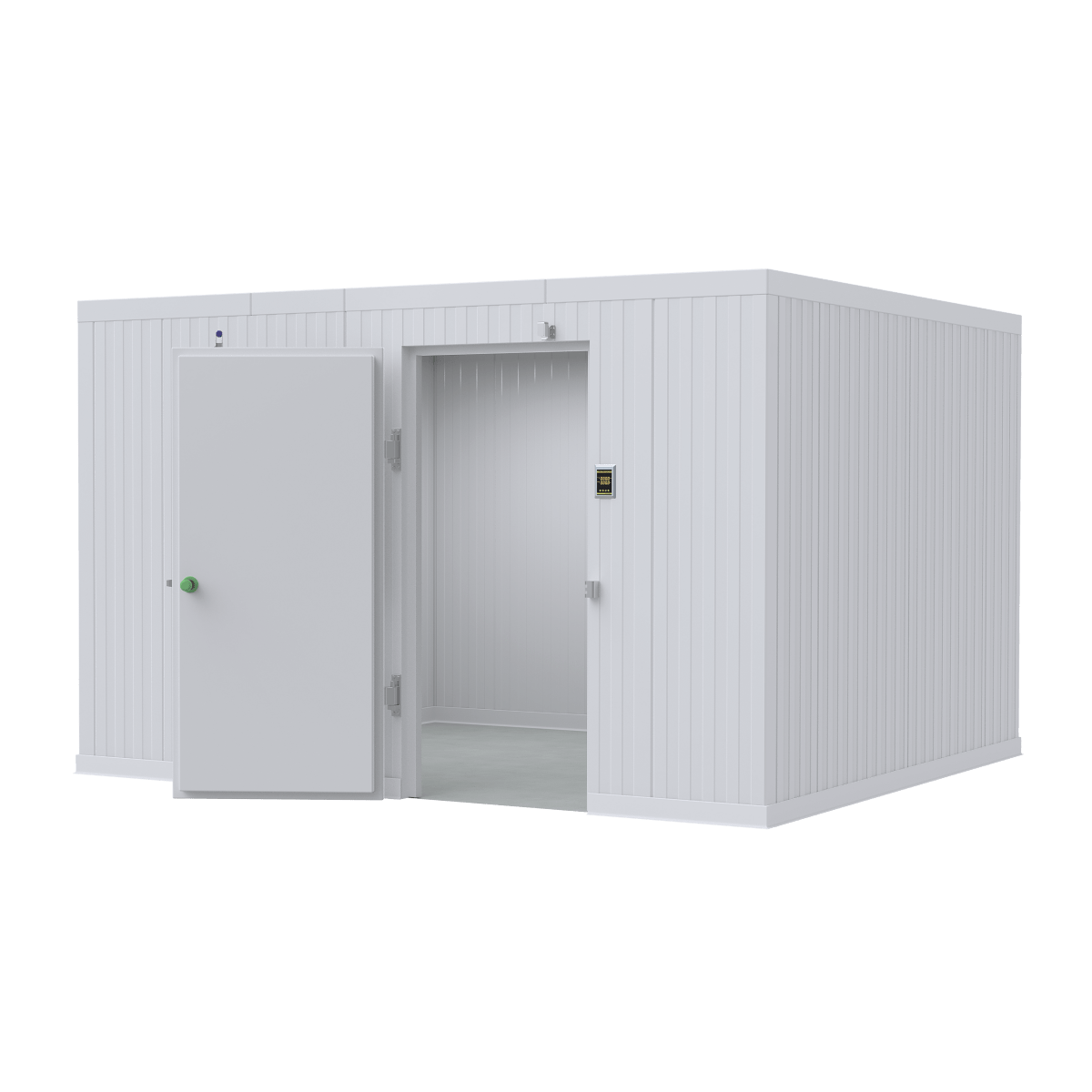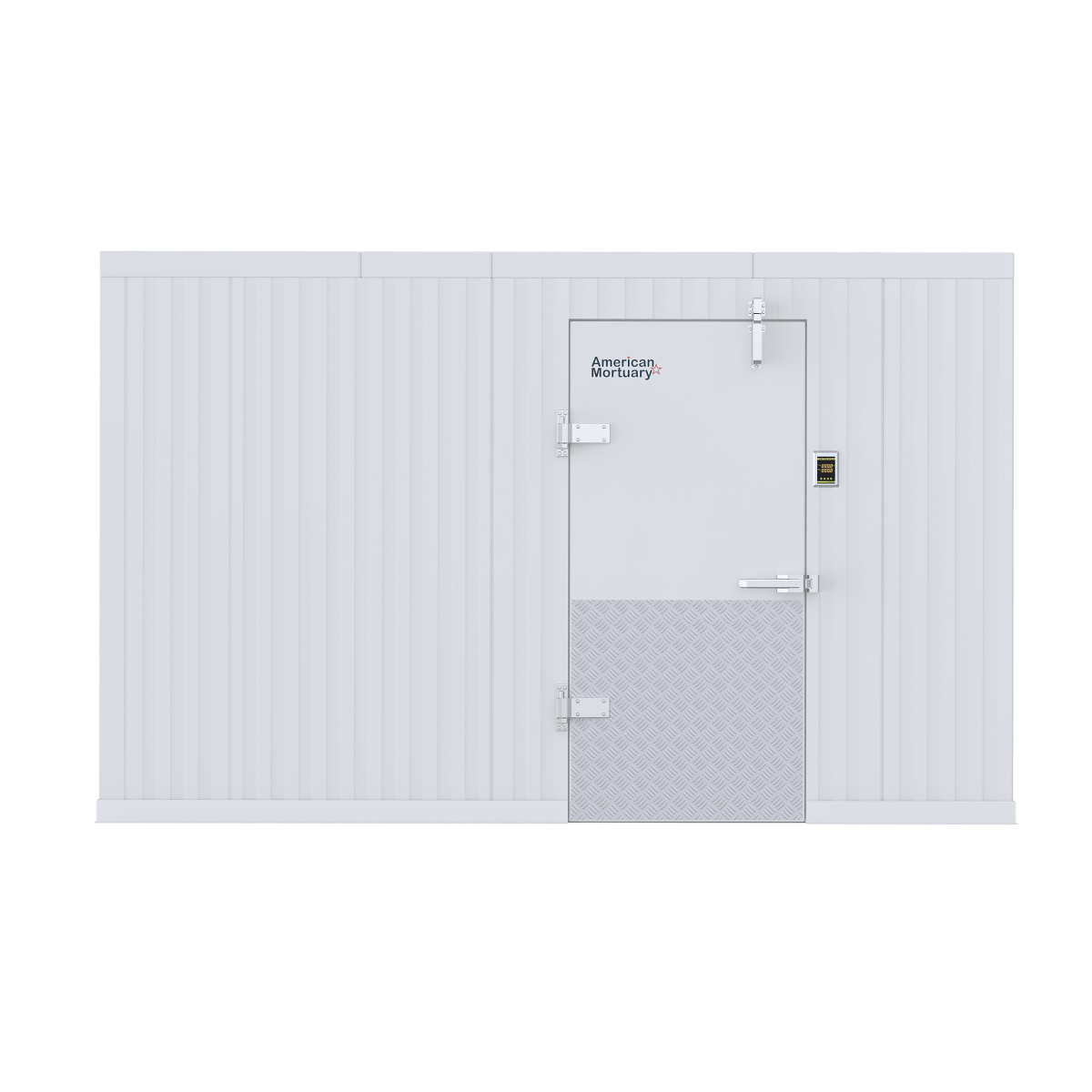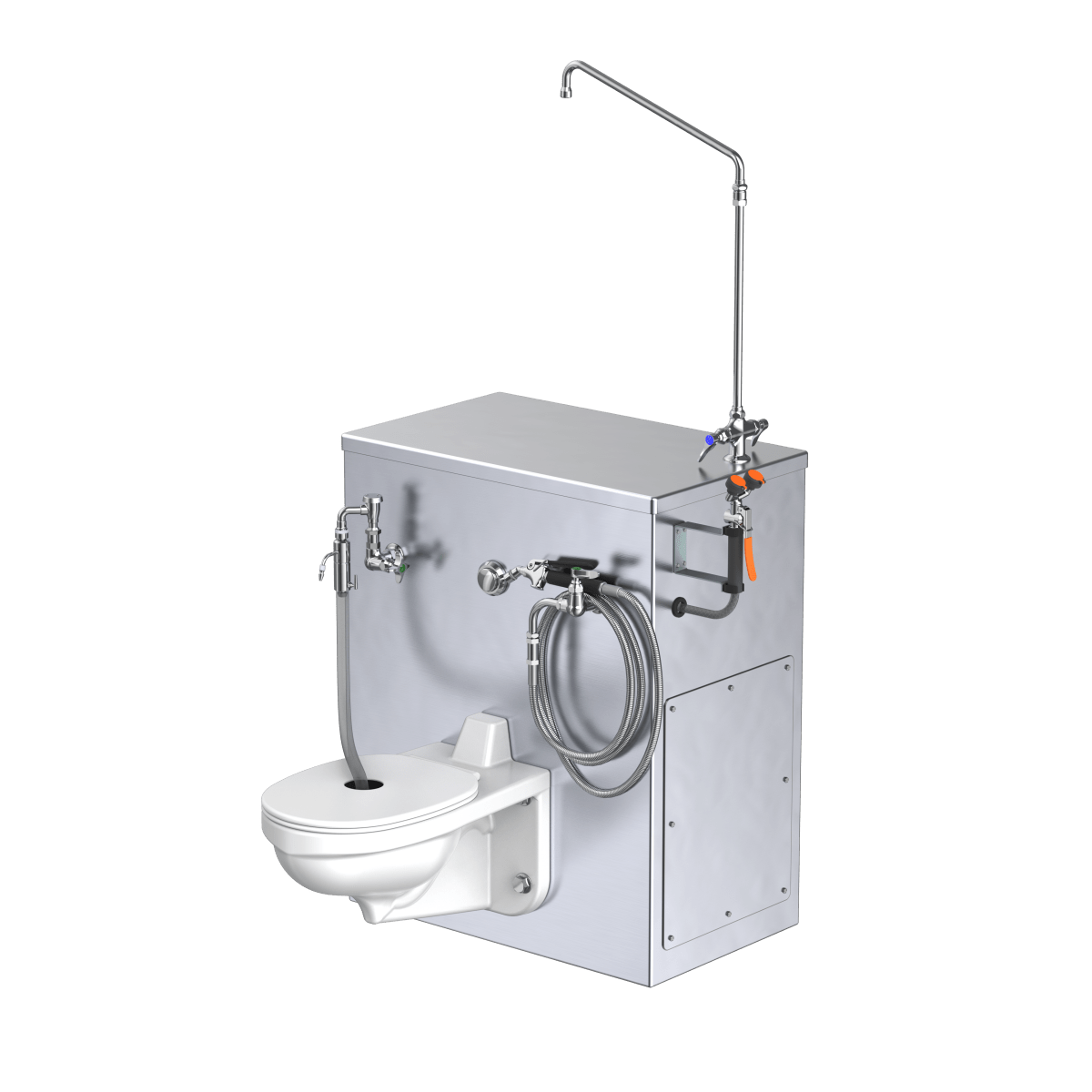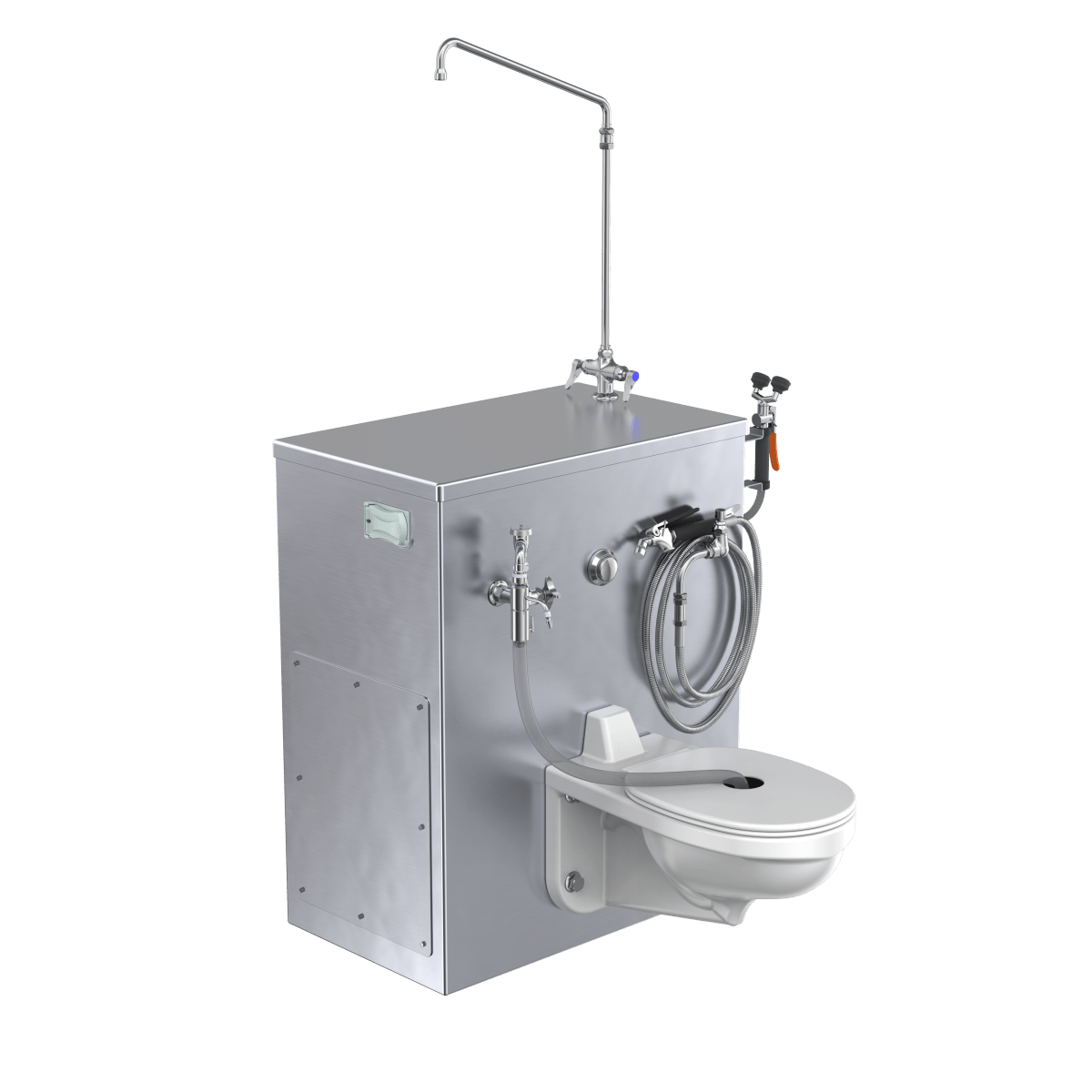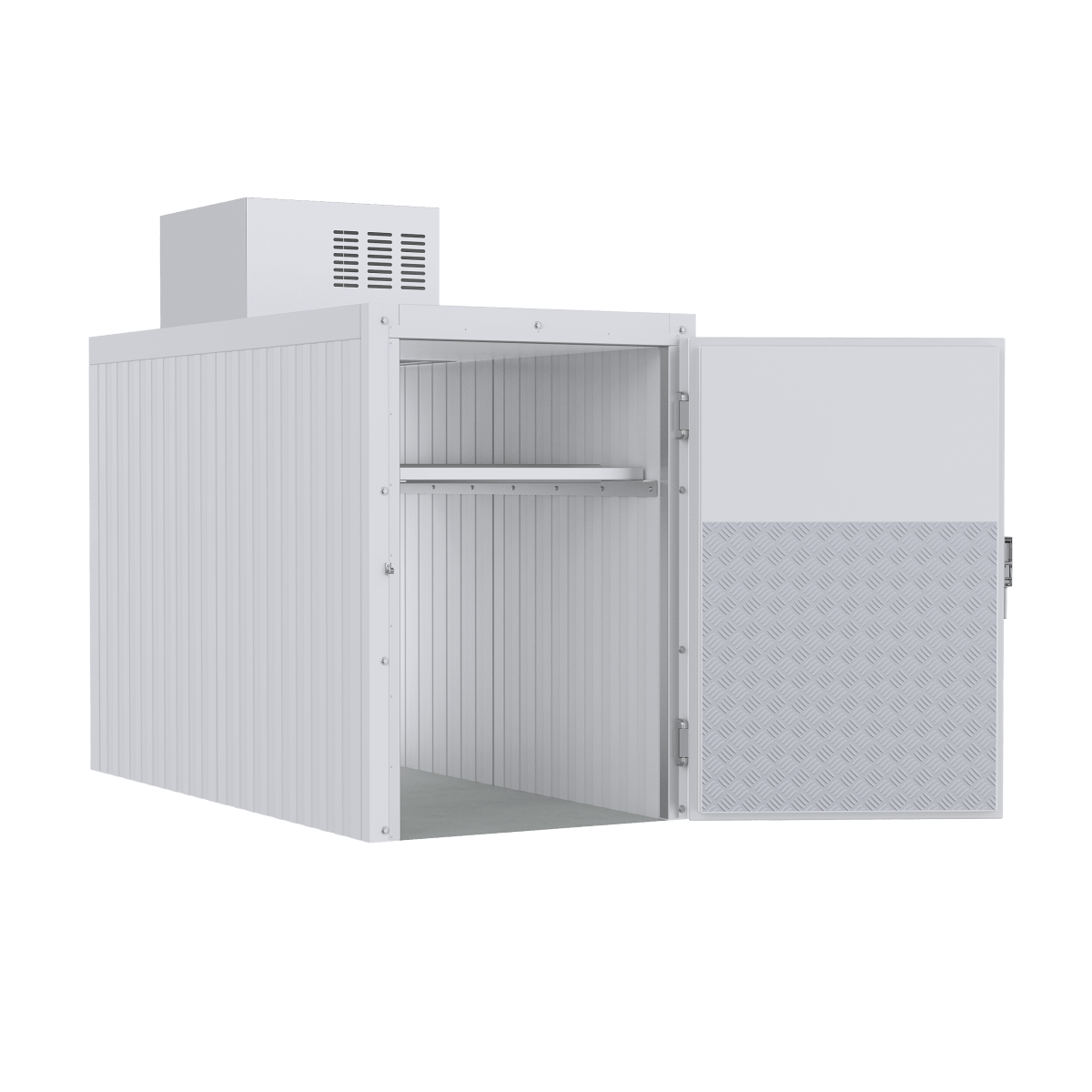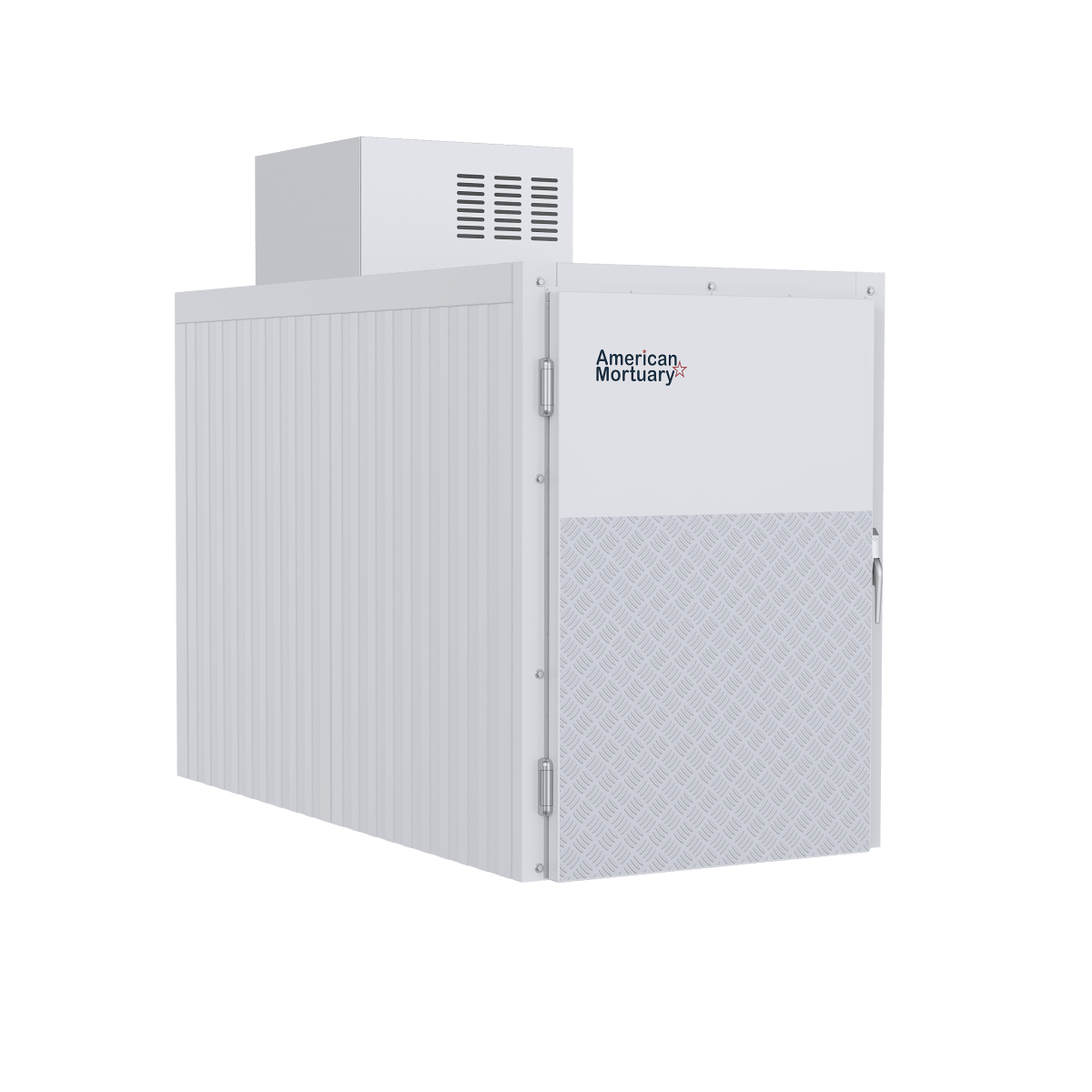Why Body Farms Face Unique Environmental Problems
What are some environmental challenges for body farms include extreme temperature variations that can double decomposition time, unpredictable weather patterns that make time-of-death estimates unreliable, scavenger interference from vultures and insects, soil chemistry changes that affect research accuracy, and community opposition due to odor and wildlife concerns.
The main environmental challenges are:
- Temperature extremes - Cold conditions (≤4°C) require nearly twice the time and 1.5x more heat accumulation to reach putrefaction
- Weather unpredictability - Only 53% correlation between temperature and decomposition progression in studies
- Scavenger activity - Vultures, insects, and wildlife can dramatically alter decomposition patterns
- Soil variations - Different soil types affect nutrient release, pH levels, and preservation outcomes
- Seasonal humidity - Low winter humidity can cause unexpected mummification
- Sun exposure effects - Bodies in full shade actually decompose slightly faster than in direct sunlight
- Community resistance - Odor complaints and wildlife attraction create operational challenges
Since 1972, body farms have revolutionized forensic science by studying human decomposition under real-world conditions. Yet these outdoor laboratories face constant battles with Mother Nature. A Canadian study of 121 cases found that traditional models for estimating time since death were "unreliable" due to environmental variables - no bodies fully skeletonized in under one year, defying southern climate expectations.
As American Mortuary Coolers, we've spent years helping funeral professionals understand decomposition science and climate control challenges, particularly regarding what are some environmental challenges for body farms and how they impact forensic research. Our experience with mortuary refrigeration systems has given us unique insights into how temperature and environmental factors affect post-mortem processes.

What Are Some Environmental Challenges for Body Farms?
The reality of operating a body farm is far more complex than simply placing donated bodies outdoors and waiting for nature to take its course. Each facility faces a unique combination of environmental pressures that can make or break research validity.
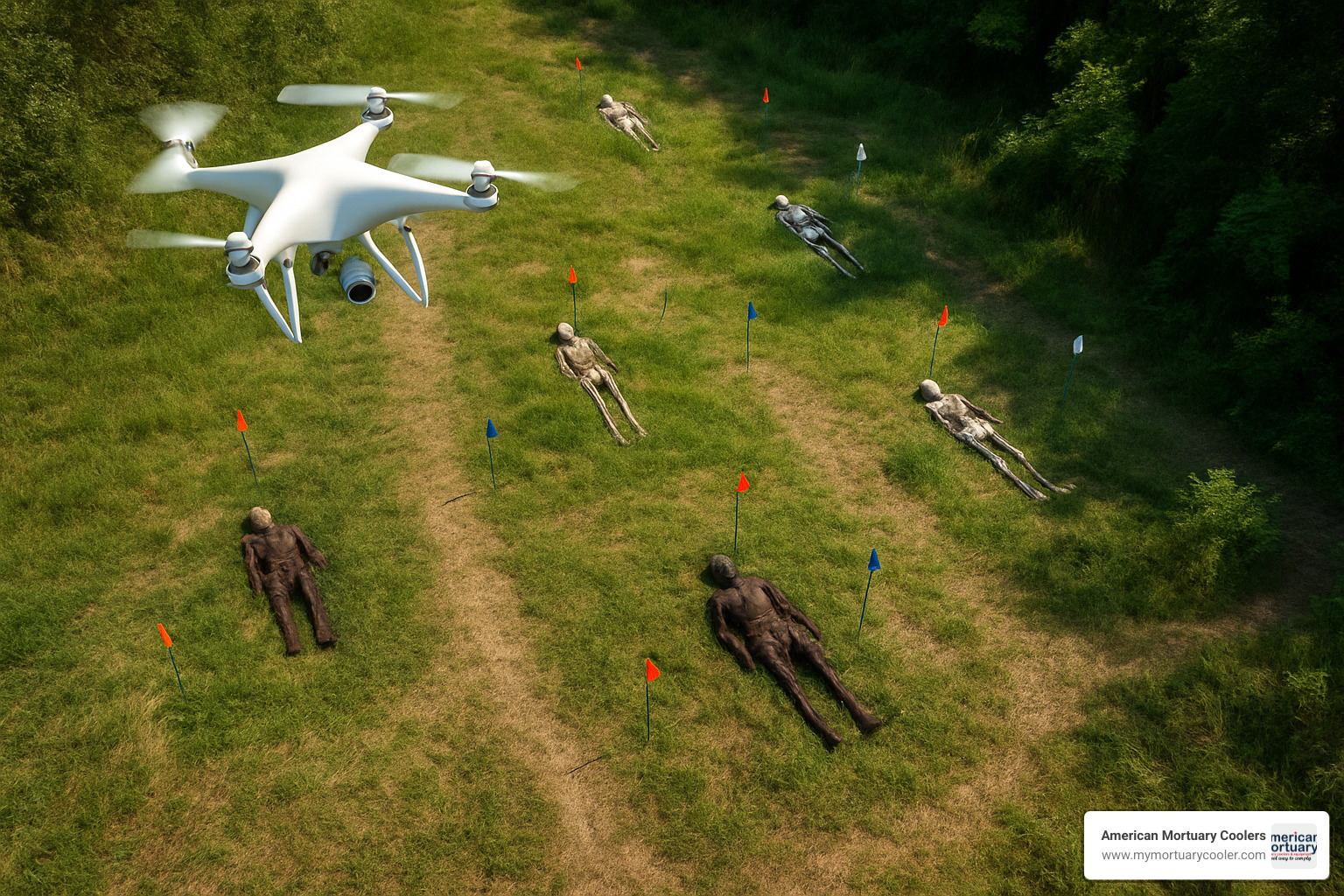
When Dr. William Bass established the first body farm at the University of Tennessee in 1972, he quickly finded that decomposition doesn't follow textbook rules. Environmental variables create such unpredictable outcomes that two bodies placed side by side can decompose in completely different ways.
The Canadian outdoor decomposition study revealed just how unreliable our assumptions can be. With only a 53% correlation between accumulated degree-days and decomposition progression, researchers found that what are some environmental challenges for body farms extends far beyond simple temperature measurements.
Climate variability emerges as the biggest challenge. Temperature swings between seasons can completely alter decomposition timelines, while humidity cycles create conditions that favor mummification over normal decay. Precipitation spikes flood research plots, and scavenger pressure from local wildlife disrupts carefully controlled studies.
Soil acidity changes throughout the year, affecting how bodies interact with their environment. Meanwhile, community concerns about odor and increased wildlife activity create ongoing operational headaches for facility managers.
Key Variables at a Glance
Currently, global facilities number just ten worldwide - eight in the United States plus facilities in Australia and Canada. Each location presents distinct microclimatic challenges that highlight massive baseline data gaps in our understanding.
Tennessee's subtropical climate brings a mean annual temperature of 67°F with high humidity. Texas cranks up the heat to 75°F with extreme summer conditions. Colorado's high-altitude environment at 4,750 feet elevation receives only 8 inches of annual rainfall. Australia delivers extreme temperatures with bone-dry humidity, while Canada's frozen winters create seasonal extremes that can halt decomposition for months.
These diverse environments have revealed that baseline decomposition data from one climate cannot be applied to another. What works in Tennessee's humid heat fails miserably in Colorado's high-altitude desert or Canada's frozen winters.
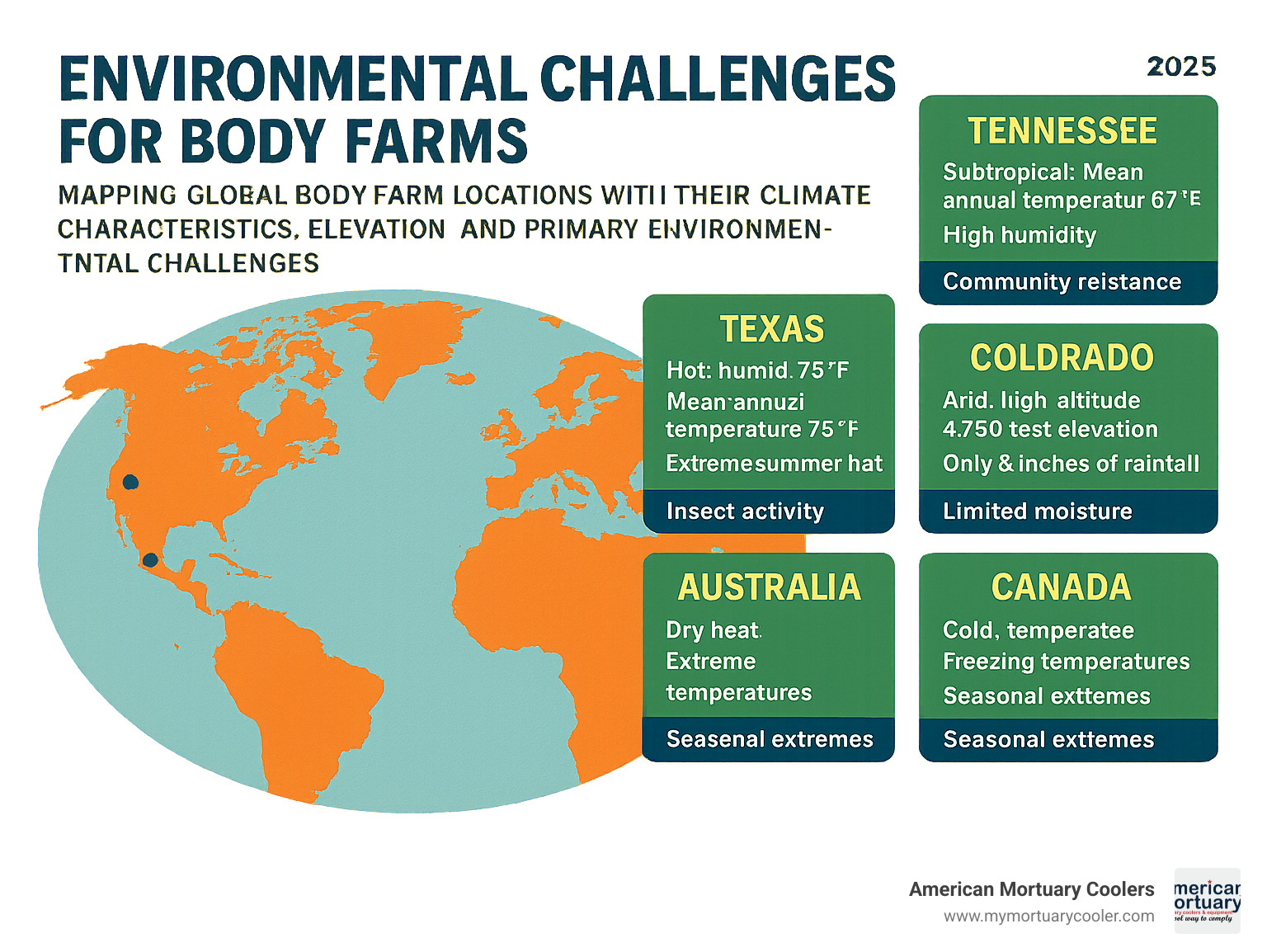
The Climate & Weather Rollercoaster
Temperature swings create one of the most confusing puzzles in decomposition science. You might think warmer weather simply equals faster decay, but the reality is far more complicated than that simple equation.
When Canadian researchers studied bodies in harsh winter conditions, they finded something remarkable. Bodies exposed to temperatures at or below 4°C took nearly twice as long to reach putrefaction compared to warmer climates. Even more surprising, these cold-weather bodies needed 1.5 times more accumulated degree-days to progress through decomposition stages.
Here's the real shocker: not a single body in the Canadian study became fully skeletonized within an entire year. Compare that to Tennessee's blazing summers, where a body can become bare bones in just two weeks. This massive difference shows why understanding Keeping Cool After Life: The Science Behind Body Refrigerators matters so much for controlled research.
Heat waves and cold snaps throw additional curveballs into the mix. Desert environments can trigger mummification, essentially freeze-drying remains before normal decomposition begins. Meanwhile, hot and humid conditions promote adipocere formation - that waxy, soap-like substance that can preserve bodies for decades.
The seasonal humidity rollercoaster creates its own surprises. Canadian researchers noticed that tissue mummification happened more often during winter months, likely due to lower humidity levels. This finding contradicts the common assumption that cold weather preserves bodies through freezing alone.
Even wildlife interactions became valuable research opportunities. The Scientific research on vulture scavenging at Texas State University's body farm turned what seemed like a research problem into groundbreaking data about how scavengers affect human remains.
What Are Some Environmental Challenges for Body Farms in Hot vs Cold Climates?
The dramatic differences between hot and cold climate body farms reveal why what are some environmental challenges for body farms varies so much by location.
Cold-weather facilities face extended decomposition timelines that make research painfully slow for time-sensitive forensic work. Freezing and thawing cycles create unpredictable tissue damage patterns that don't match what investigators see in warmer regions. Snow cover affects everything from scavenger access to UV exposure, while reduced insect activity limits the entomological evidence that forensic teams rely on.
Tropical and desert sites deal with the opposite extreme. Decomposition can race ahead so quickly that observable stages get skipped entirely. Extreme heat sometimes causes immediate mummification, while intense insect activity creates feeding frenzies that obscure natural decomposition patterns. The odor intensification in hot climates also creates serious community relations challenges.
This climate variability has made time-of-death estimates "unreliable" for northern regions, according to researchers studying what are some environmental challenges for body farms in different climates. When forensic investigators can't accurately estimate when someone died, it can seriously impact criminal investigations and court cases.
Sun, Shade, and Hungry Neighbours
Here's something that might surprise you: bodies actually decompose slightly faster in full shade than in direct sunlight. This counterintuitive findy shows just how complex what are some environmental challenges for body farms really becomes when nature gets involved.
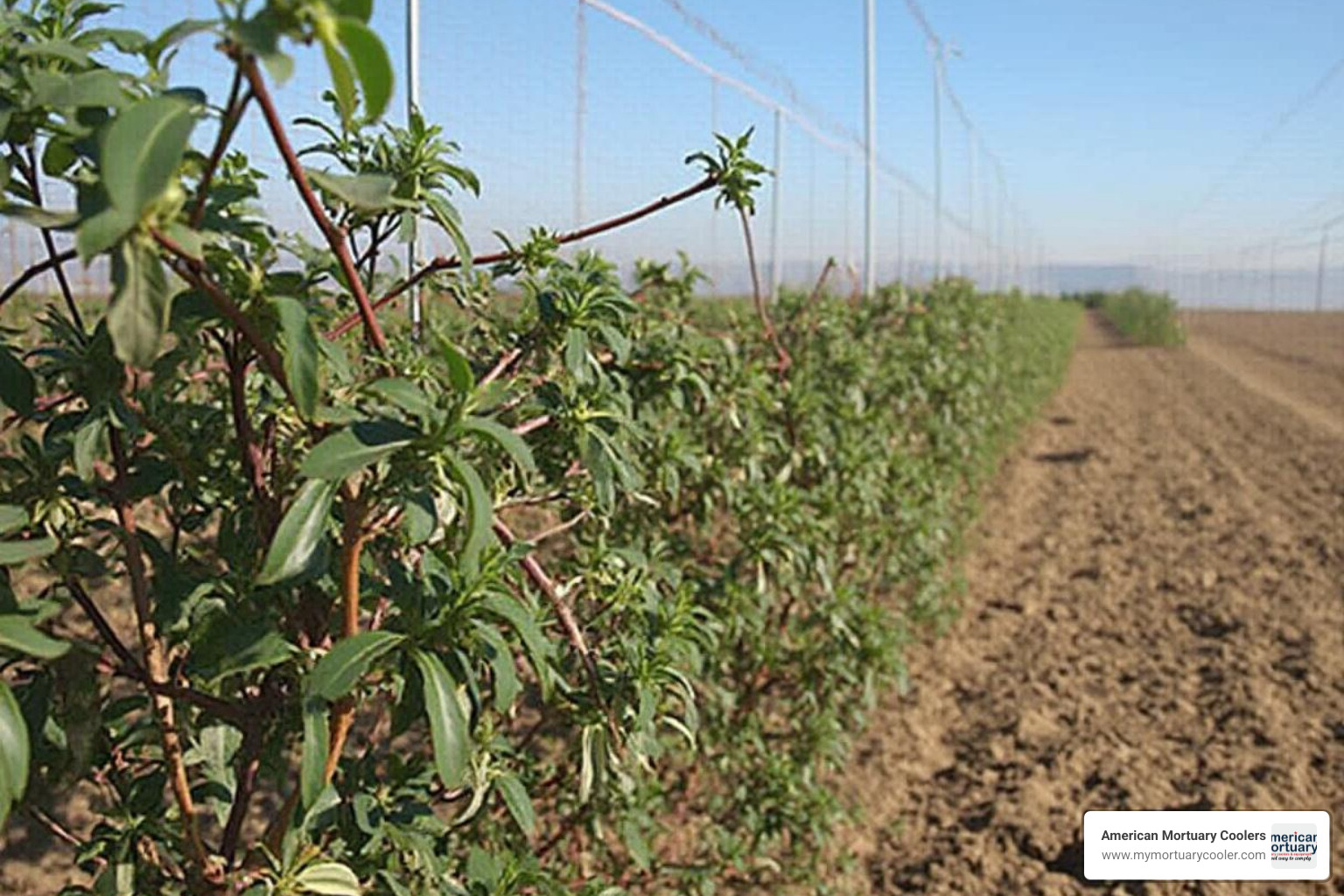
The Canadian researchers found that while rain and clothing barely affected decomposition speed, lack of sun exposure actually helped decomposition move faster. This suggests that harsh UV radiation might be slowing down bacterial processes, or that shaded spots keep moisture levels just right for the microbes doing the heavy lifting.
But the real game-changer is what's happening in the soil around these decomposition sites. Scientists at the University of Tennessee finded that plant stress signals can reveal hidden remains. When a body decomposes, it releases a massive nutrient pulse into the surrounding soil. This sudden feast of carbon, nitrogen, and other elements actually stresses nearby plants in detectable ways.
Researchers are now developing hyperspectral imaging technology that can spot these plant stress patterns from the air. Imagine drones equipped with special sensors scanning forests to detect changes in leaf color and health that are invisible to the naked eye. This could revolutionize how law enforcement searches for missing persons.
The challenge? Distinguishing between human decomposition and, say, a dead deer. The technology is promising, but it needs more refinement before it becomes a standard forensic tool.
For those working in controlled environments, More info about cadaver-lab setups shows how indoor facilities help researchers avoid some of these outdoor variables.
Scavengers, Insects, and Microbes: Triple Threat
The moment a body is placed at a research facility, it becomes the center of a busy biological community. Blowflies arrive within minutes, following chemical signals we can't even detect. Vultures circle overhead. Bacteria that were quietly living in the gut suddenly have free rein throughout the body.
Each of these biological players creates research challenges. Temperature swings throw off insect development timelines - a blowfly that should mature in five days might take eight in cooler weather. Wind patterns affect when and how insects find the remains. Even humidity levels determine whether fly eggs survive or dry out before hatching.
The vulture situation at the Texas facility perfectly illustrates how environmental challenges can become research opportunities. Initially, researchers were frustrated when vultures scattered remains across the landscape. But then they realized this was valuable data about how scavenging affects human decomposition - something that happens in real crime scenes too.
Perhaps most exciting is the emerging science of the necrobiome - the community of microorganisms that takes over during decomposition. Scientists are developing what they call "microbial clocks" that can estimate time since death within 2-4 days based on which bacteria are present and active.
The Human Postmortem Microbiome Project received an $843,000 grant to map these microbial changes in detail. The goal is creating machine learning models that can analyze bacterial DNA and provide precise time-of-death estimates. However, everyone's unique gut bacteria, medications, and diet create individual decomposition signatures that complicate the standardization process.
These cage controls - protective barriers around some research subjects - help scientists separate natural decomposition from scavenger effects. But even caged remains face challenges from smaller insects and changing microbial communities that respond to environmental shifts.
Dirt Matters: Soil Chemistry, Drainage & Geographic Replicability
The ground beneath a body farm isn't just dirt - it's a complex chemical laboratory that can make or break forensic research. What seems like simple soil becomes a dynamic environment where decomposition byproducts create lasting chemical signatures that forensic scientists are just beginning to understand.
Different soil types create dramatically different decomposition environments. Sandy loam soils with their excellent drainage and neutral pH (6.0-7.0) allow rapid nutrient dispersal and good aeration, keeping adipocere formation low. Meanwhile, clay soils with poor drainage and slightly acidic conditions (5.5-6.5) create the perfect storm for adipocere formation - that waxy substance that can preserve tissue for decades.
Prairie dune soils present their own challenges with variable drainage and alkaline conditions (7.0-8.0), plus constant wind exposure that affects moisture levels. These differences aren't just academic - they directly impact how bodies decompose and what forensic evidence remains.
A groundbreaking 2023 study published in PLOS One revealed something remarkable about how human decomposition changes soil chemistry. Bodies don't just decompose - they create distinct soil elemental signatures that could revolutionize forensic investigations.
The research documented how decomposing bodies release pulses of sulfur, phosphorus, sodium, and potassium during soft-tissue breakdown. Over time, soil acidification solubilizes trace metals, creating a chemical fingerprint that persists long after visible remains disappear.
Here's where it gets really interesting: calcium and magnesium concentrations increased beyond what the body could contribute. This suggests that decomposition byproducts actually mobilize these elements from soil binding sites, creating chemical changes that extend far beyond the immediate decomposition area.
Scientific research on soil elemental changes demonstrates how interdisciplinary collaboration between engineers, soil scientists, and biologists advances forensic capabilities. This work could help law enforcement locate clandestine graves and estimate post-mortem intervals based on soil chemistry alone.
What Are Some Environmental Challenges for Body Farms When Soils Change?
Soil variability creates headaches for body farm researchers trying to develop reliable forensic techniques. What are some environmental challenges for body farms becomes especially complex when you consider how different soils can completely alter decomposition patterns.
Drainage problems top the list of soil-related challenges. Poor drainage in clay soils creates anaerobic conditions that promote adipocere formation. While scientifically fascinating, adipocere can halt normal decomposition entirely and throw off time-since-death estimates by months or years.
pH fluctuations add another layer of complexity. Decomposition initially raises soil pH through ammonia release, then acidifies as organic acids form. These pH swings affect microbial communities and trace metal availability, creating chemical environments that vary dramatically between soil types.
The Colorado Mesa University facility perfectly illustrates these challenges. Situated at 4,750 feet elevation with only 8 inches of annual rainfall, it provides dramatically different soil conditions than sea-level, high-humidity sites. Research conducted on Tennessee clay soils simply doesn't apply to Colorado's sandy desert conditions.
Post-mortem leachate containing liftd nitrogen, phosphorus, and trace metals raises questions about long-term environmental impact. While body farms use donated remains ethically and legally, the accumulation of decomposition byproducts in soil requires careful monitoring to address community concerns.
Geographic replicability remains the biggest challenge. Techniques developed at individual facilities often fail when applied elsewhere due to soil differences. This limitation affects the broader applicability of forensic methods and highlights why multiple body farms in different environments are essential for advancing the science.
The reality is that soil acts as both a preservation medium and a decomposition accelerator, depending on its composition. Understanding these complex interactions helps forensic scientists develop more accurate methods for real-world investigations where soil conditions vary widely.
Future-Proofing: Tech, Standardisation & Climate Change
The future of body farm research is getting a major technological makeover. As environmental challenges continue to complicate forensic science, researchers are turning to cutting-edge tools that can work with nature instead of fighting against it.
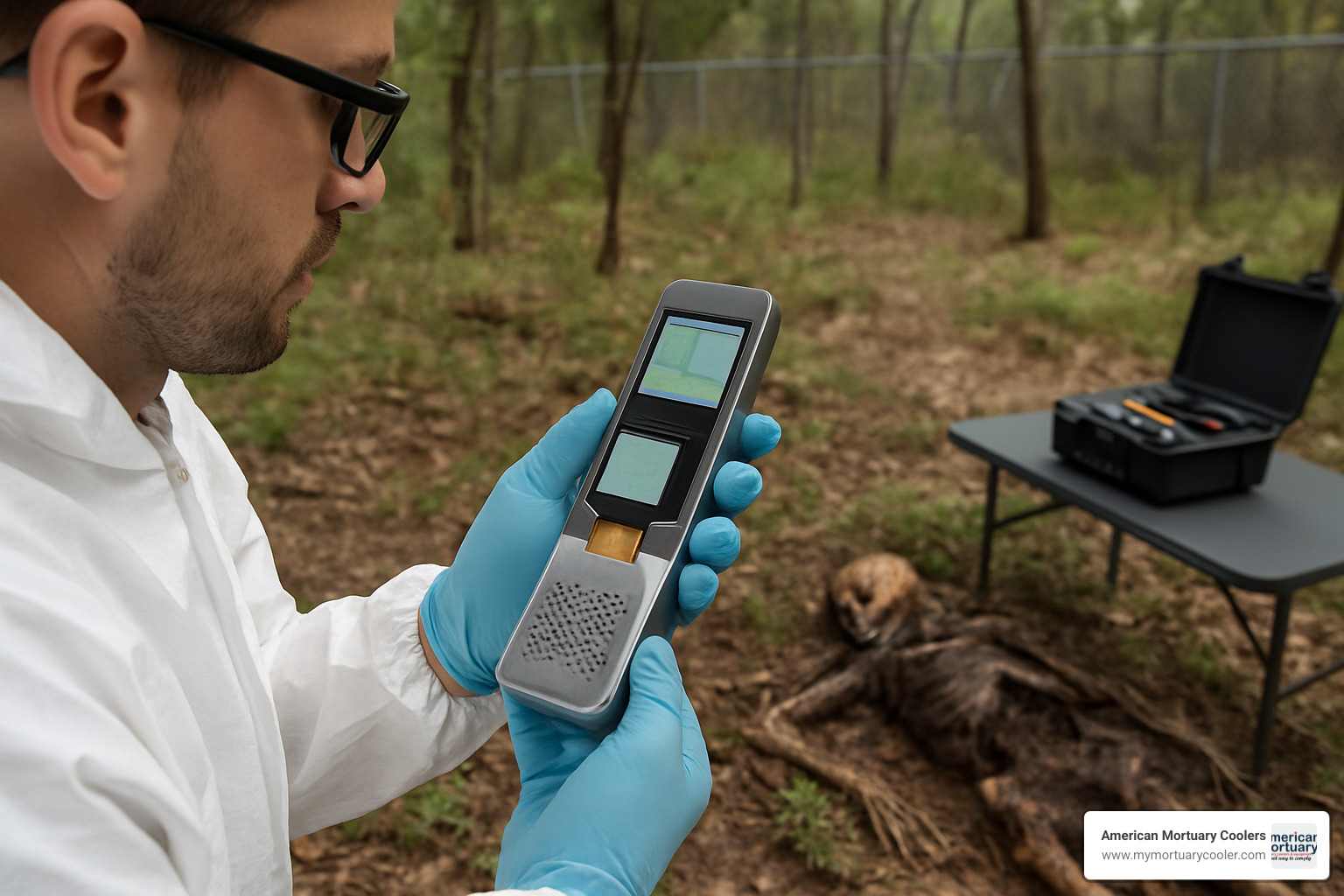
Picture this: a detective scanning a forest with a drone that can literally see how plants react to buried remains. Hyperspectral drone surveillance is making this science fiction scenario a reality. These advanced sensors detect the subtle ways decomposing bodies affect surrounding vegetation, creating a new tool for locating clandestine graves.
The real game-changer might be microbial clock AI. Scientists are training machine learning algorithms to read the bacterial communities that colonize decomposing remains like a microscopic stopwatch. Early results suggest these systems could estimate time of death within 2-4 days, regardless of whether the body was found in Tennessee heat or Canadian snow.
Remote environmental monitoring networks are solving another piece of the puzzle. Wireless sensors now continuously track temperature, humidity, soil chemistry, and gas emissions around research subjects. This creates incredibly detailed datasets that help researchers understand exactly how environmental factors influence decomposition.
Portable detection systems are shrinking forensic tools down to handheld size. Future investigators might carry devices that can detect specific odor molecules associated with decomposition, making rapid site assessment possible even in challenging outdoor conditions.
Climate change adds another layer of complexity to what are some environmental challenges for body farms. Shifting weather patterns, extreme temperature events, and changing precipitation cycles could invalidate decades of forensic research. Facilities must constantly adapt their protocols as the climate itself becomes less predictable.
The debate over animal models versus human remains continues to challenge researchers. While pig carcasses offer ethical alternatives for some studies, human decomposition patterns differ significantly from animal proxies. This reality means body farms remain essential despite community concerns and operational challenges.
For professionals dealing with climate control in mortuary settings, More info about sustainability in morgue design explores how environmental considerations are reshaping mortuary equipment design.
The Secrets of the Body Farm video provides fascinating insights into how these facilities balance research needs with environmental realities.
Standardization efforts are bringing order to the chaos of environmental variability. The Forensic Data Bank now contains information from over 4,080 cases across multiple continents, providing broader baseline data for environmental comparisons between different climates and conditions.
However, standardization faces practical problems. Each facility's unique environmental conditions, donor demographics, and research focus create datasets that don't always play nicely together. Researchers must balance the need for consistent protocols with the valuable diversity that different environments provide.
Cross-site collaboration protocols are emerging to enable better data sharing between facilities in different climates. This cooperation helps address the fundamental challenge that research conducted on Tennessee clay soils might not apply to Colorado's high-altitude desert conditions or Canada's frozen ground.
The goal isn't to eliminate environmental challenges - it's to understand and work with them more effectively. As technology advances and standardization improves, body farms are becoming more resilient and scientifically valuable despite the environmental obstacles they face.
Conclusion
Working with body farms across the country has taught us at American Mortuary Coolers something profound: nature doesn't follow textbooks. What are some environmental challenges for body farms isn't just an academic question - it's a daily reality that affects everything from criminal investigations to how we design our mortuary equipment.
After exploring facilities from Tennessee's humid heat to Colorado's high-altitude desert, we've seen how climate variability makes traditional time-of-death models unreliable. A body that should skeletonize in weeks might take over a year in Canada's cold, while desert conditions can mummify remains indefinitely. These aren't just research curiosities - they're factors that can determine whether a murder case gets solved.
The scavenger and insect activity that initially seemed like nuisances have become valuable research tools. Vultures at the Texas facility went from being problems to providing crucial data about how scavenging affects human remains. Similarly, soil composition differences revealed that decomposition creates unique chemical fingerprints that could help investigators locate clandestine graves.
Perhaps most challenging is the seasonal and weather unpredictability that makes standardization nearly impossible. With only 53% correlation between temperature and decomposition in some studies, researchers must accept complexity rather than fight it. Add in community and ecological concerns about odor and wildlife, and body farms face a perfect storm of environmental challenges.
Being based in Tennessee - home to the original body farm - we've witnessed these challenges evolve over decades. Our experience crafting climate-resilient mortuary equipment from the humid Southeast to the arid Southwest has shown us that environmental control isn't just about maintaining consistent temperatures. It's about understanding how different climates affect post-mortem processes entirely.
The future looks promising though. Advanced monitoring technologies, cross-site collaboration protocols, and AI-powered microbial clocks are helping scientists extract reliable forensic insights despite Mother Nature's unpredictability. What once seemed like impossible obstacles are becoming opportunities for innovation.
For funeral industry professionals dealing with similar environmental challenges, we've learned that success comes from working with natural processes rather than against them. Our custom mortuary coolers incorporate lessons learned from body farm research, ensuring reliable performance across all climate conditions.
Body farms will continue advancing forensic science, but their greatest lesson might be this: environmental challenges aren't problems to solve - they're fundamental aspects of decomposition that must be understood, measured, and respected. Only by embracing this complexity can we open up nature's secrets for justice and closure.
Ready to explore climate-resilient mortuary solutions? More info about our mortuary coolers showcases our commitment to equipment that performs consistently, no matter what environmental challenges you face.


